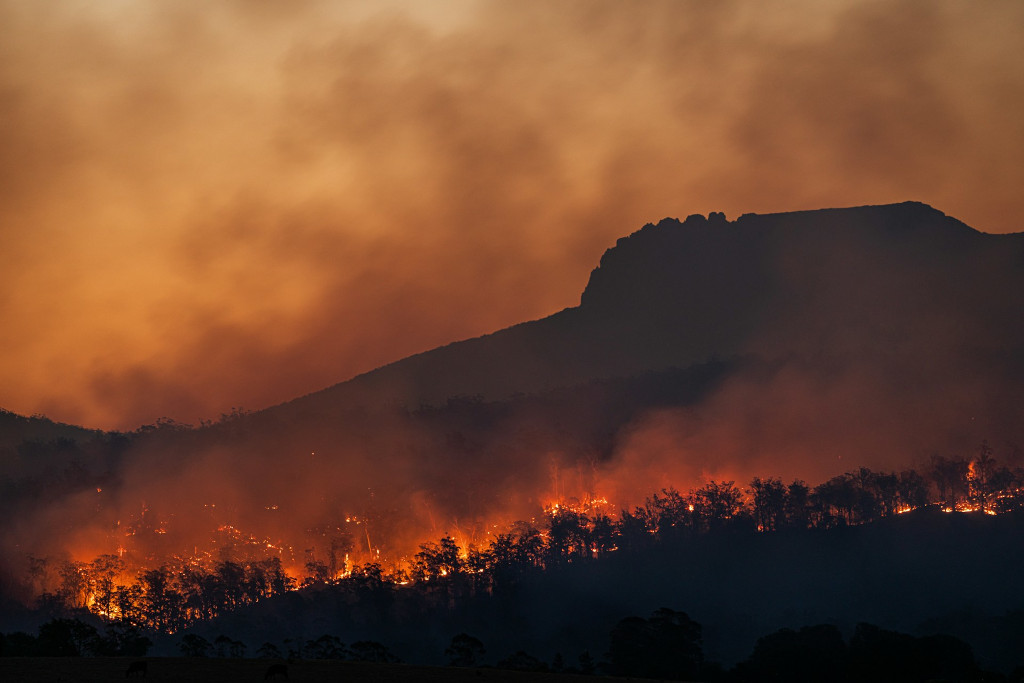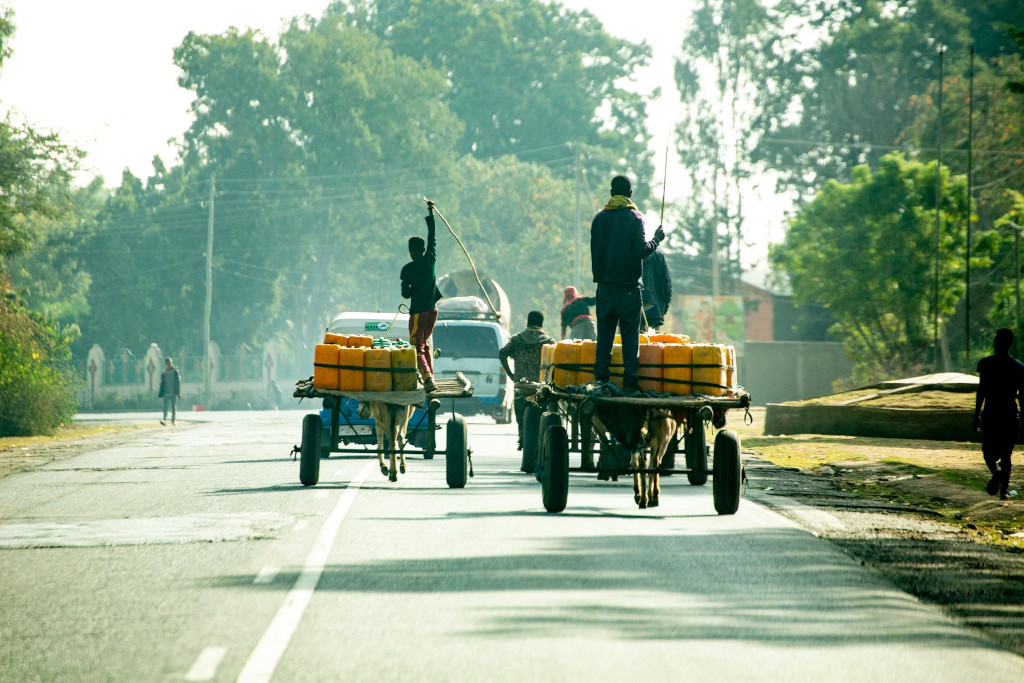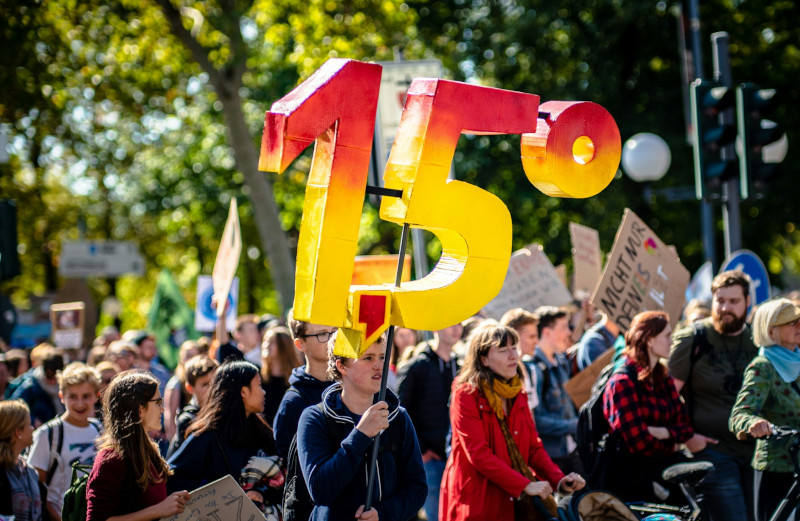Last Updated on May 15, 2025
The environmental challenges facing young people in 2025 have evolved from distant concerns to daily realities. From pollution to extreme weather, today’s youth confront issues that directly impact their health, livelihoods, and future.
While climate change, biodiversity loss, and poor governance seem like abstract concepts, they are defining the lives of an entire generation. And yet, therein also lies the power to drive change.
As young activists, innovators, and communities rally together, solutions are emerging that blend technology, policy reform, and grassroots activism. This article explores the top youth environmental issues today.
Young people Vs. A changing climate
I feel for young people. We’re growing up in a vastly different world. The effects of climate change are more pronounced now – from heatwaves and historic floods to droughts and climate-induced pathogens.
That’s on top of all the other issues young people are dealing with; high cost of living, unemployment, out-of-reach home ownership, access to quality, affordable healthcare, geopolitical tensions.
And youth are waking up to this reality.
There’s a “GenZ revolution” sweeping some parts of the world. Young people are rising and asking pertinent questions about everything. About what our leaders are doing to slow down and reverse climate change, about governance and accountability, about basic freedoms.
“Can we make this better?”
“How hard is it to provide clean and safe drinking water for everyone?”
“How difficult is it to have affordable and quality healthcare?”
“What are our leaders doing about climate change beyond PR tree-planting campaigns and photo-ops?”
It’s not just about the environment anymore, never was.
We didn’t get here because the planet warmed itself overnight. Decisions were made somewhere, a blind eye was turned somewhere, and science was downplayed. If we’re to “fix” climate change, we must rethink our very foundations as a society – our extractive and wasteful nature.
So, what are the top environmental problems young people face today?
Youth environmental issues 2025
1. Climate change.

Climate change is a pressing global challenge for young people today. It’s shaping not just their futures but their present realities. Global warming is escalating, with the planet’s temperature rising by an average of 1.1°C since the late 19th century.
This warming trend has unleashed more frequent and intense weather events, from wildfires in Australia and California to severe floods in Europe and South Asia. According to UNICEF, nearly 1 billion children globally are at “extremely high risk” of the impacts of climate change, including health threats, displacement, and loss of education.
Young people are increasingly vocal about these issues because they stand to inherit a world where the environmental consequences of previous generations’ actions are more severe.
For instance, rising sea levels and worsening storms directly threaten communities in low-lying nations like the Maldives and Bangladesh, home to millions of young people.
In urban areas, air pollution exacerbated by climate change is linked to increased respiratory issues, particularly affecting youth.
Beyond physical impacts, the climate crisis also triggers eco-anxiety, with a study published in The Lancet revealing that 59% of young people feel very worried about climate change, with many citing it as a direct threat to their mental health and well-being.
2. Pollution and related ailments
Pollution in its many forms—air, water, soil, and noise—poses severe health risks to young people globally, making it a critical environmental issue.
Air pollution, driven by vehicle emissions, industrial activities, and fossil fuel burning, is particularly harmful. According to the World Health Organization (WHO), 93% of children breathe air with pollutant levels above recommended limits, leading to respiratory issues like asthma and reduced lung function.
Young people in urban areas are especially vulnerable, with toxic smog and particulate matter linked to higher rates of chronic illnesses.
Water pollution from chemicals, plastics, and untreated waste contaminates drinking sources, causing illnesses like diarrhea, which remains a leading cause of child mortality worldwide. Soil pollution from pesticides and heavy metals threatens food security and exposes youth to harmful toxins through crops.
Landfills and dumpsites near residential areas often leach hazardous chemicals, leading to long-term health effects, including developmental issues.
In urban environments, noise pollution from traffic, construction, and industry disrupts sleep and cognitive development.
WHO reports show that persistent noise exposure can cause stress and hearing loss. The cumulative effects of these pollutants are particularly dangerous for young people, who are still developing physically and mentally, making pollution an urgent issue for today’s youth.
3. Ecological collapse and biodiversity loss

Ecological collapse and biodiversity loss are increasingly urgent issues, with profound consequences for young people worldwide.
Biodiversity—encompassing the variety of life on Earth, from plants and animals to ecosystems—underpins essential services like clean air, water, food production, and climate regulation. The Intergovernmental Science-Policy Platform on Biodiversity and Ecosystem Services (IPBES) warns that 1 million species are at risk of extinction within decades due to habitat destruction, climate change, pollution, and overexploitation.
The decline of ecosystems, such as coral reefs, forests, and wetlands, accelerates ecological collapse, disrupting natural cycles that sustain human life. For instance, the degradation of forests reduces carbon capture and threatens food security, especially in communities dependent on subsistence farming.
Young people today are particularly affected, as they face a future with fewer natural resources, increased vulnerability to pandemics (with zoonotic diseases linked to habitat loss), and worsening climate impacts.
The loss of biodiversity also limits the discovery of new medicines and erodes cultural heritage tied to nature. For many young activists, the rapid disappearance of species and habitats is both a loss of identity and a source of eco-anxiety.
4. Poor governance and corruption
Poor governance and corruption are major drivers of environmental degradation, creating conditions where harmful practices thrive, to the detriment of young people today.
Corruption undermines environmental regulations and allows illegal activities such as deforestation, overfishing, and pollution. In countries with weak governance, industries often bypass regulations through bribery, leading to unchecked pollution, unsafe waste disposal, and habitat destruction.
The World Bank estimates that up to $1 trillion is lost annually in environmental crime, with these illicit activities directly harming ecosystems and communities.
Policy decisions heavily influence environmental outcomes. When governments prioritize short-term economic gains over sustainable practices, natural resources are exploited without considering the long-term consequences.
For instance, subsidies for fossil fuels or leniency towards industries with high emissions perpetuate pollution and climate change. In some cases, public funds meant for environmental protection are siphoned off, leaving conservation projects underfunded and ineffective.
The impact on young people is profound. Corruption and poor governance exacerbate poverty, limit access to clean air and water, and reduce the quality of education and healthcare, particularly in marginalized communities. As environmental issues worsen, young people are left to bear the brunt of compromised ecosystems and a deteriorating climate, reinforcing cycles of inequality and instability.
5. Access to clean drinking water

Access to clean drinking water is a critical challenge for young people, particularly in developing nations where water scarcity and contamination are widespread.
According to UNICEF, over 785 million people lack access to basic drinking water services, with children and young adults among the most vulnerable. In regions like Sub-Saharan Africa, water shortages force many young people, especially girls, to spend hours collecting water, impacting their education and overall well-being.
Climate change is exacerbating these issues by altering rainfall patterns, reducing freshwater supplies, and increasing the frequency of droughts. Global warming also accelerates glacier melt, a key water source for many communities, threatening long-term water availability. Rising temperatures increase evaporation rates, further straining already limited resources.
In the future, young people face an even greater risk of water insecurity as populations grow and competition for water intensifies. Water scarcity could lead to conflicts, displacement, and social instability, disproportionately affecting youth in vulnerable regions.
So what do we do?
Youths need to be more pragmatic and hands-on in demanding action and developing solutions. The onus is on you…yes, you young person reading this to be the change you wish to see in the world.
Individually and collectively, you have the power, knowledge, and numbers to agitate for change and make a dent on the problem. As a bonus, you can make money and create employment for fellow young people while solving the environmental issues that face you.


